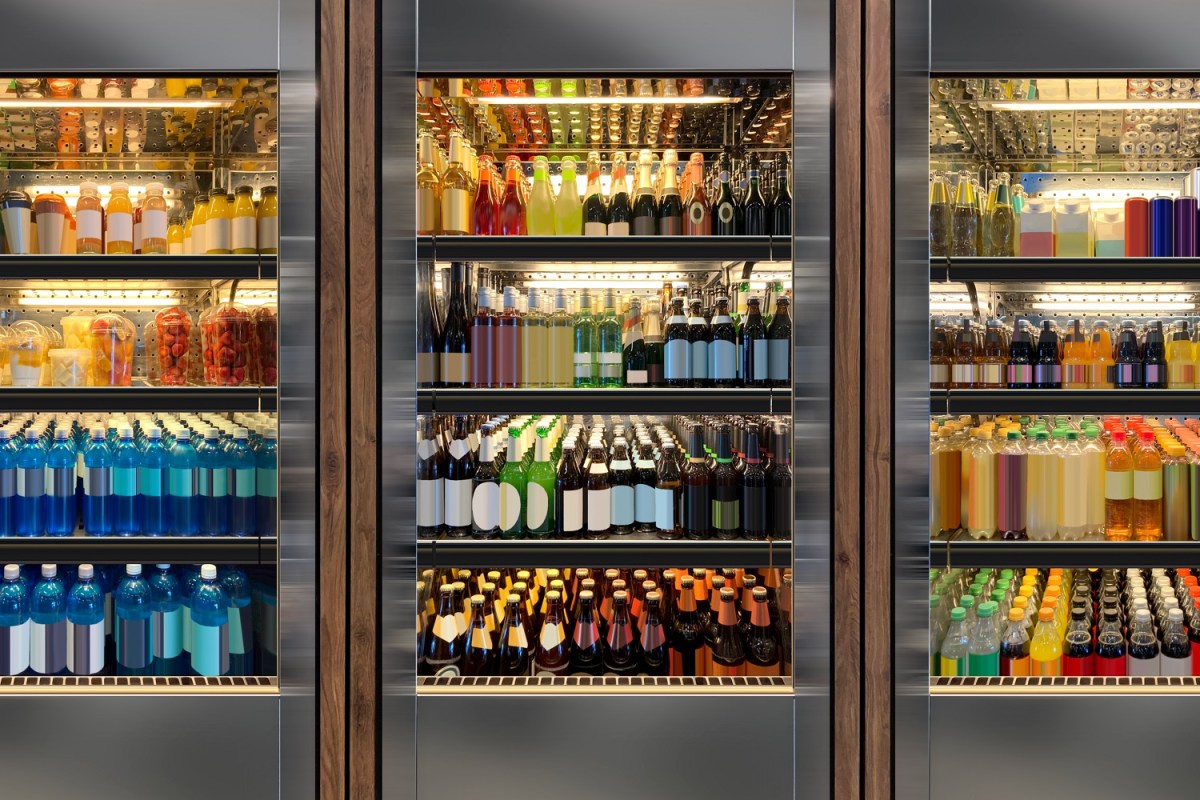CGA by NIQ’s Senior Manager, Customer Success – Tom Graham explores the evolution of RTDs, from their early days to their growth over the years and examines their role in today’s On-Premise landscape.
The Birth – Alcopops, Convenience, and Affordability
Since the initial rise of RTDs in the late 80s and early 90s—fuelled by fruity, high-sugar ‘alcopops’ — the category has undergone a storied evolution. Australia has been at the forefront of these trends and continues to lead the way.
Interestingly, Australia’s path diverged slightly from that of the UK and US. Here, pre-mixed spirit and mixer products, driven initially by the launches of Jim Beam & Cola and Bundaberg & Cola, emerged in the late 80s before the early alcopop brands of the 90s. During this same period, the first canned RTD Chuhais hit the market in Japan (we’ll revisit these later).
These early pre-mixed drinks tapped into the laid-back, no-frills, outdoorsy drinking culture of Australians, particularly in regional and rural areas, where mixed drink quality control was often lacking.
A significant boom occurred at the turn of the century. When, in July 2000, tax reforms introduced a Goods and Services Tax (GST) that left RTDs taxed at 40 per cent less per litre of alcohol compared to straight spirits. This led consumers to perceive RTDs as a better ‘value for money’ option.
However, this perceived ‘tax-break’ was reversed in 2008 with the introduction of the notorious ‘alcopop’ tax, aimed at curbing underage and binge drinking, particularly among females who were specifically targeted by these products. As a result, RTDs were (and still are, in most cases) taxed at the same rate as straight spirits.
Following this legislative change, sales of RTDs dropped in subsequent years, and the investment from spirit brand owners into innovation and marketing was reduced.
The Second Wave – Health, Refreshment, and Quality
A challenging period for the RTD category followed, as the previous value-for-money benefits diminished. However, the category began to evolve in the mid to late 2010s, with the emergence of low-carb, low-sugar, better-for-you offerings. These options provided a healthier alternative to traditional high-sugar alcopops and cola-based pre-mixes, somewhat inspired by the success of White Claw and the broader Hard Seltzer category in the United States.
Even within brand portfolios traditionally led by full-sugar varieties, innovation has increasingly focused on low-sugar options. For example, Pepsi and Diageo recently collaborated, launching Pepsi Max and Captain Morgan as their first release. Additionally, the Hard Rated line extension in Australia introduced a Lime variety which is only available in a no sugar option.
A series of locally produced hard seltzer launches have also captured consumer interest, demonstrating a growing appetite for locally crafted, naturally flavoured, refreshing beverages. While much of the data from NIQ points to light spirit RTDs as the category of the moment, dark-spirit RTDs are facing a more challenging outlook.
These evolutions may be driven, in part, by changing On-Premise visitation patterns. Research from CGA by NIQ indicates a global shift in drinking occasions and dayparts, particularly a trend toward earlier visitation and a decline in late-night visits, where traditional RTDs once thrived. Recent data from our OPUS report highlights a notable drop in consumers drinking RTDs during high-tempo visits past 8 PM, with a rise in consumption during ‘post-work drinks’ and ‘relaxed/quiet drinks’ before 5 PM.
With these changing behaviours and preferences come both opportunities and threats. Suppliers and operators are again exploring ways to drive further growth and adapt to these shifts.
The Final Frontier – Draught, Asian Influence, and Category Crossover
In 2018, Beam Suntory took a bold step into the beer category with their Canadian Club & Dry product, launching it on draught in On-Premise venues. This move followed their successful ‘over-beer campaign’ (2012-present), which pitched the product as a direct alternative to beer. Around the same time, a variety of alcoholic ginger beer brands began to gain traction on draught lines, marking the start of a diversification of tap offerings beyond traditional beer.
Since then, we’ve seen seltzers, sodas, and spritzes enter the tap space, with this diversification showing no signs of slowing down. Consumer appetite appears strong, with CGA by NIQ research suggesting that ideal tap lines should consist of 25-50 per cent non-beer options, depending on the venue segment.
Draught RTDs are disruptive and can directly compete with beer brands, which previously dominated the visibility of tap lines. They also allow non-beer drinkers to partake in rituals traditionally reserved for beer enthusiasts, whether it’s enjoying an ice-cold draught schooner or sharing a jug.
The frequency of RTD consumption in the On-Premise is also increasing year-on-year, and these beverages are being chosen across a more diverse range of occasions. This trend suggests that the growing availability and visibility of draught products could be driving positive engagement. Recent innovations in RTDs have primarily focused on the light spirit space, with notable examples including soft drink crossovers and Asian-inspired Chuhais. Expect this trend to continue as brands leverage existing equity and tap into macro consumer trends.
What Does This Mean for Operators and Manufacturers?
As the Australian On-Premise RTD landscape continues to evolve, the next five years will likely see unprecedented innovation and diversity in offerings. Venue owners must remain agile and responsive to consumer preferences, ensuring their taps reflect their diverse consumer’s preferences and the exciting trends emerging in the market.
For brand owners, the imperative is clear: either embrace the changing tides of consumer demand or risk being sidelined in this fast-paced industry. By fostering collaboration and creativity, all stakeholders in the On-Premise space can harness the potential of RTDs, driving growth and capturing the attention of a new generation of drinkers. Australia stands at the forefront of this revolution—will you be part of the journey?

